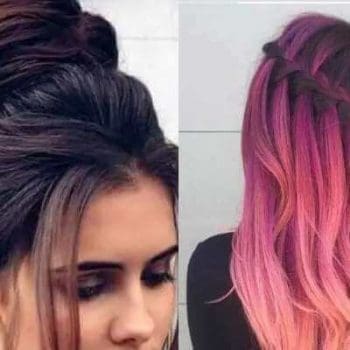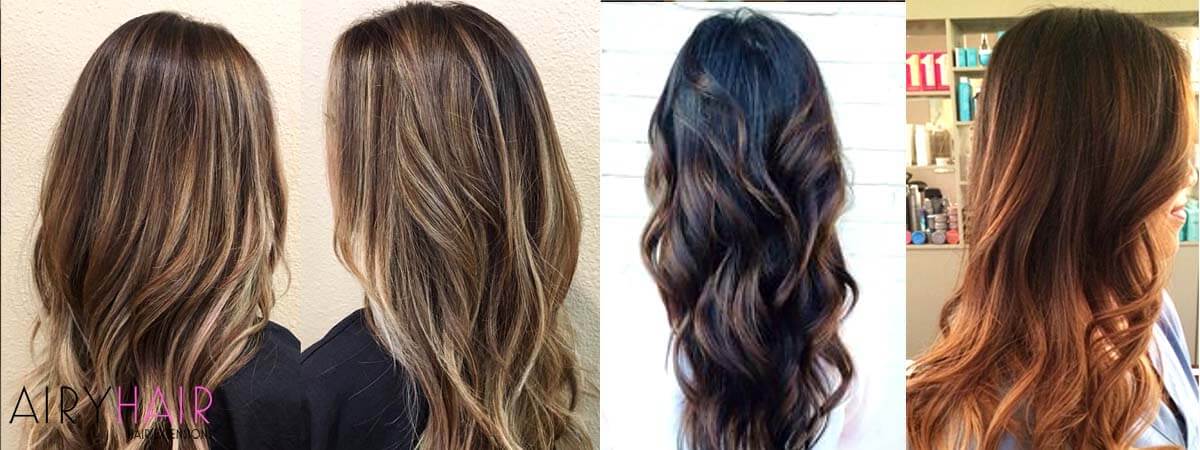With the selection as broad as ever, many people don’t know the difference between hair differences. They are not sure which origin extensions to get. This article will focus mostly on country of origin and not Remy vs. Non-Remy differences.
Quick Access
– Comparing Asian, European & Indian Hair Extensions
– Indian vs. Asian Hair Extensions
– Brazilian vs. European Hair Extensions
To make things easier, there are three main types of hair that you can buy: Indian, Asian, and Brazilian. Although they are all high quality, these countries have some differences.
You must know certain characteristics that differentiate these hair types to pick the right origin. If you choose hair extensions that are very different from your natural hair, they will not blend properly. The whole hairstyle will not look as good as it should be.
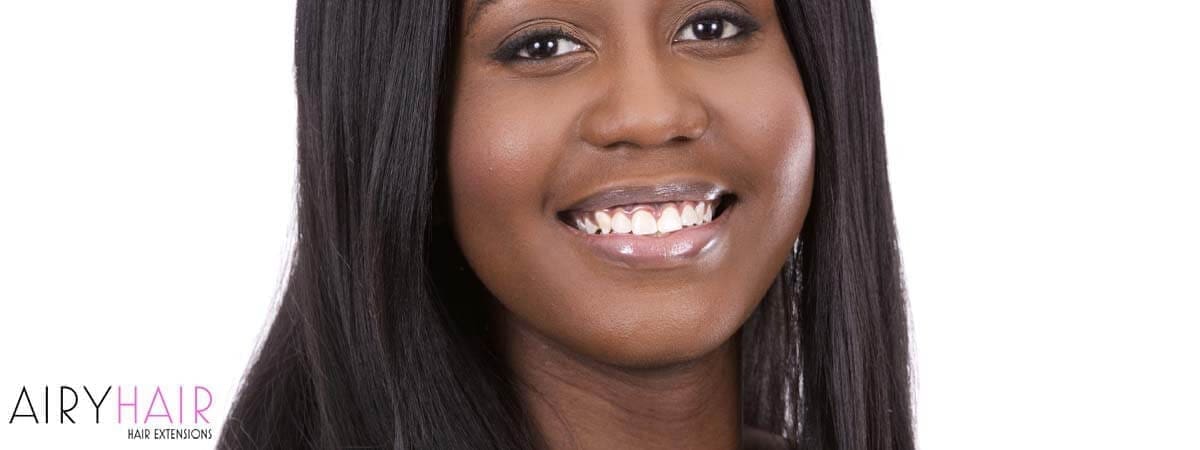
The main differences between Indian, Asian, and Brazilian hair is the texture and feel. This is important to determine because you want to match the extensions perfectly with your natural hair texture.
Please note that any hair can be Virgin hair and should not be classified as a separate origin. That means the hair comes from a single person and was never dyed, bleached, or processed. Therefore, finding virgin hair of blond colors is pretty much impossible.
Determine the Texture of Your Natural Hair
To match the extensions to the texture of your hair, you first need to know what kind of hair you have!
There are a couple of questions you can ask yourself.
- When you look at your hair, does it seem very shiny or less shiny?
- Do you have very thick hair, or is it more on the thinner side?
- Does your hair feel heavy or light? Is it bouncy or flat?
- When you feel your hair, is it smooth and silky, or does it feel coarse?
Write down the answers to these questions because those will be the characteristics you should look for when buying hair extensions!
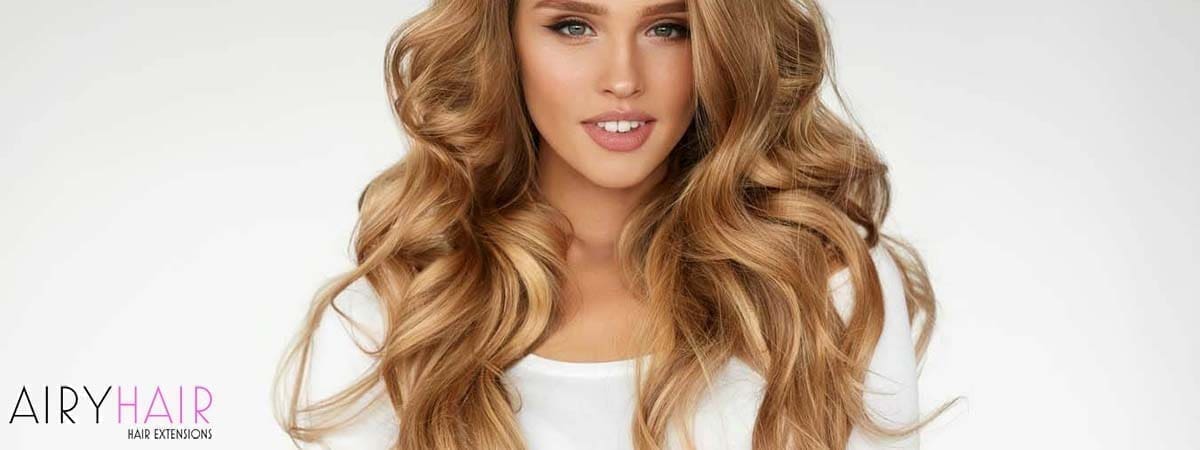
The most known texture to everyone, even if you’re not wearing extensions! It’s Indian or Asian hair. While India is also in Asia, hair vendors will usually call Chinese hair Asian, while Indian hair will be just that.
Features
It is one of the most versatile types of hair, and it will blend well with your hair! In other words, no matter what kind it is. Asian (Chinese) and Indian hair have a very natural luster. Such hair curls straighten well, and it does just about anything. It is beautiful, very silky, and shiny. Such extensions feel very soft to the touch, which is another plus. Another characteristic of Asian hair is that it is very bouncy and light.
If your natural hair fits this description, then you should get Indian or Asian hair extensions. However, if your hair is rougher to the touch, this might not be the right choice. Now, one should also not confuse dry and thin hair with rough or thick hair. If your hair is thicker, hair extensions may look good but will not blend in properly.
Quality
Some say that Chinese hair sheds and tangles more than other hair types, but that seems highly unlikely. If you buy hair from a trusted brand, you will get extensions that are of high quality. The only reason why extensions tangle or shed is due to poor maintenance.
Asian hair is easy to find because most companies have this type of hair. It is one of the most popular types! So you don’t have to worry about where to buy it. But make sure you buy a high-quality pack with all the cuticles aligned. Why? Because that will make a big difference! You can read more about that in the link above, discussing Remy’s hair. As one might expect, extensions that are mixed with synthetic hair and don’t have all the cuticles in the same direction will tangle and mat.
What’s the Difference Between Chinese and Indian Hair?
There is little to no difference. Chinese hair tends to have a worse reputation because the most affordable hair sets are made there. However, this is more of an issue with people buying the cheapest possible hair than the original. Women in both regions have nearly identical hair.
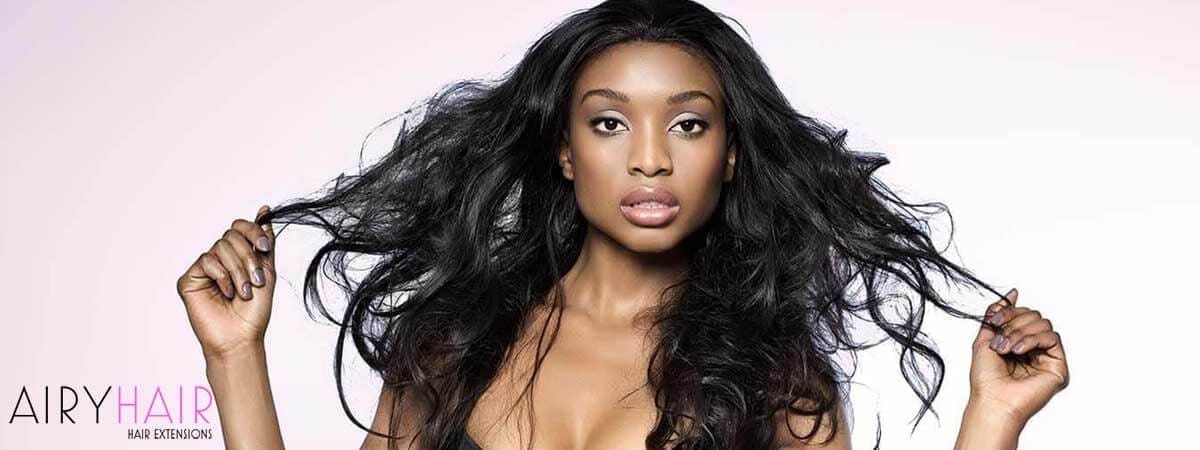
Brazilian hair blends amazingly with African American hair, whether it is natural or permed. Hair texture is essential; knowing this information will help you pick the right one.
You can choose from straight, wavy, or curly Brazilian hair. If you plan on having curls all the time, then simply buy curly extensions. But if you want to go back and forth between wavy and curly hair, it is better to buy wavy hair. It is much easier to straighten or curl it.
Features
This hair texture is thicker and heavier than Chinese or Indian hair. It is also coarser and not as soft. That doesn’t mean it’s completely rough! However, it doesn’t have the smooth, silky quality that Asian hair has. It’s simply more of a flowy texture type. You can dye, curl, or straighten it, and it will not get damaged. European and Brazilian hair has a medium luster. So, if that description fits your natural hair, it is a much better option than Asian, which is very shiny.
European and Brazilian hair is also known to withstand weather conditions much better. If it’s humid or raining, it will preserve its shape much better than Indian hair, which is a plus. It holds a curl or a wave very well and is versatile. Such extensions will not tangle or mat, but that applies to all high-quality ones.
Conclusion
Choosing the right hair type can be very confusing, but if you get all the right information and educate yourself about the differences, you will make the right choice. If you’re still not sure what kind of hair you have and what kind of hair you should buy, consult your hair professional.
Better yet, email us, and we will pick you the best extensions for your hair type.



